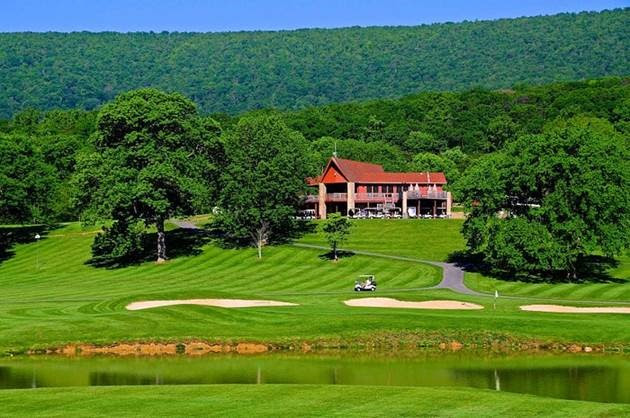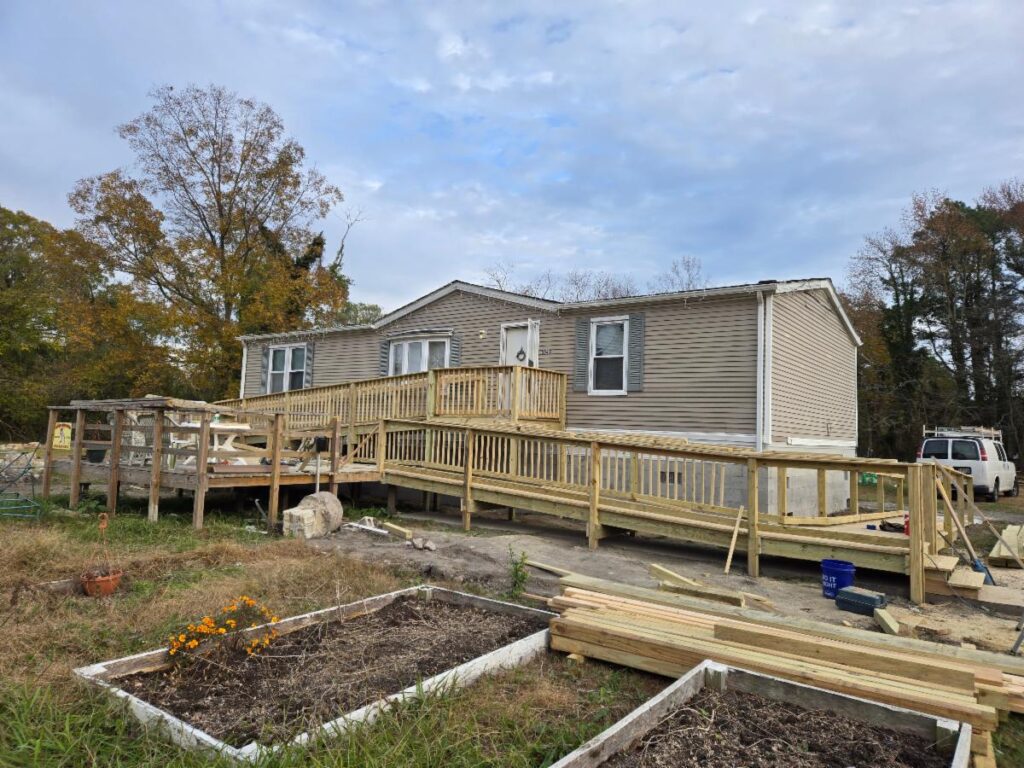Registration is NOW OPEN!
1 p.m. March 30 to Noon April 1, 2025
Location: Cacapon Resort State Park Lodge, Berkeley Springs, West Virginia
Theme: Beyond Band-Aids: Dismantling Systemic Inequities that Fuel Disaster Vulnerability
Keynote Presenter:
Dr. Cassandra R. Davis, Assistant Professor in the Department of Public Policy at the University of North Carolina at Chapel Hill
You must REGISTER BY MARCH 17!
Questions: Should you have any questions, please contact Bruce Morgenstern, Conference Registration Committee, at treasurer@marylandvoad.org.
The Planning Committee is pleased to invite you, your corporation, business, or organization to become a Conference Sponsor. Your sponsorship can be financial and/or support in planning and delivering the conference. Review the 2025 Mid-Atlantic VOADs Regional Conference Sponsorship Opportunities Fact Sheet for additional information.
Conference sponsorship opportunities include an overall corporate Conference sponsor, sponsors for specific events such as breaks, breakfasts, lunches, or possibly dinner on the first night. Non-financial support can include assistance in producing conference materials and staffing support during the conference.
If you have any questions or wish to discuss potential sponsorship, contact Clifford Oliver, Ph.D., CEM, CBCP, member of the Conference Planning Committee and Sponsorship Chair at coliver@nanticokeglobal.com or (302) 470-0535.
For additional information, go to: Regional Conference












